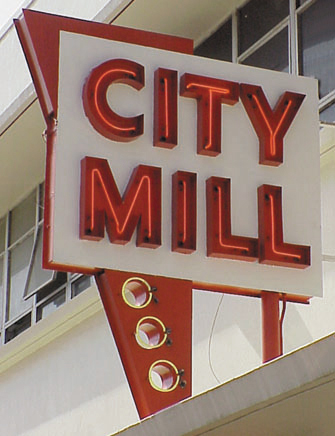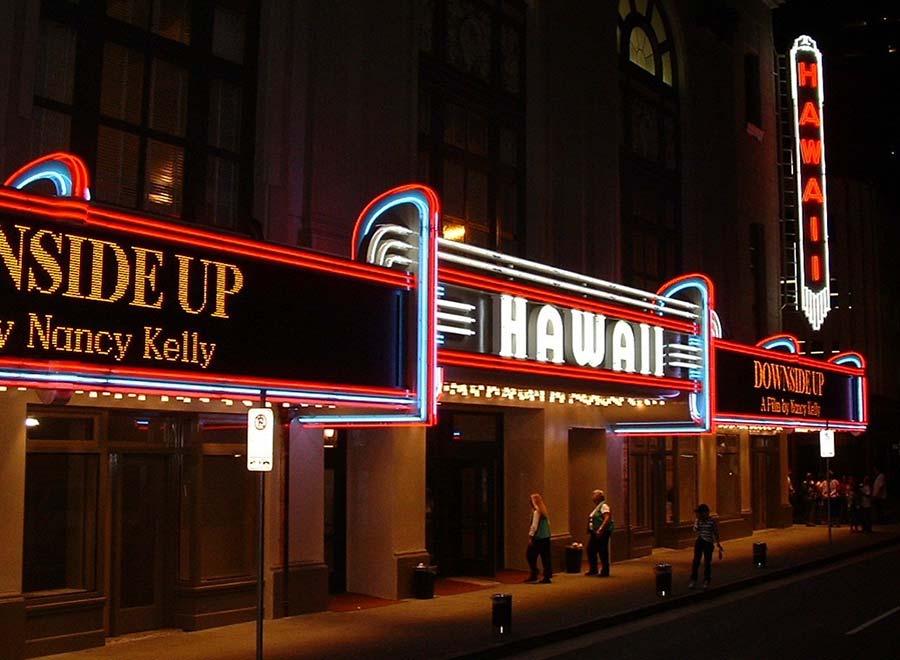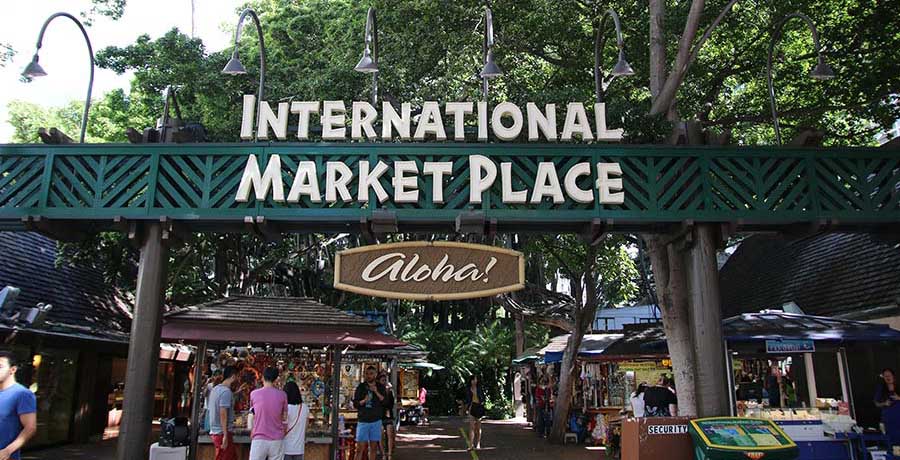By Michael J. Auer, “The Preservation of Historic Signs” Preservation Brief 25
Historic signs once allowed buyers and sellers to communicate quickly, using images that were the medium of daily life. Historic signs can contribute to the character of buildings and districts. They can also be valued in themselves, quite apart from the buildings to which they may be attached. However, any program to preserve historic signs must recognize the challenges they present. These challenges are not for the most part technical. Sign preservation is more likely to involve aesthetic concerns and to generate community debate. Added to these concerns are several community goals that often appear to conflict: retaining diverse elements from the past, encouraging artistic expression in new signs, zoning for aesthetic concerns, and reconciling business requirements with preservation.
Maintaining and Repairing Historic Signs
Maintenance of historic signs is essential for their long-term preservation. Sign maintenance involves periodic inspections for evidence of damage and deterioration. Lightbulbs may need replacement. Screws and bolts may be weakened, or missing altogether. Dirt and other debris may be accumulating, introduced by birds or insects, and should be cleaned out. Water may be collecting in or on sign cabinets, threatening electrical connections. The source of water penetration should be identified and sealed. Most of these minor repairs are routine maintenance measures, and do not call for special expertise. All repairs, however, require caution. For example, electricity should be turned off when working around electric signs.
Major repairs may require removal of the sign to a workshop. Since signs are sometimes damaged while the building is undergoing repair, work on the building should be scheduled while the sign is in the shop. (If the sign remains in place while work on the building is in progress, the sign should be protected.)
The overall goal in repairs such as supplying missing letters, replacing broken neon tubing, or splicing in new members for deteriorated sections is to restore a sign that is otherwise whole. Recognize, however, that the apparent age of historic signs is one of their major features; do not “over restore” signs so that all evidence of their age is lost, even though the appearance and form may be recaptured.
Reusing Historic Signs
If a building or business has changed hands, historic signs associated with former enterprises in the building should be reused if possible by:
- keeping the historic sign—unaltered. This is often possible even when the new business is of a different nature from the old. Preferably, the old sign can be left in its historic location; sometimes, however, it may be necessary to move the sign elsewhere on the building to accommodate a new one. Conversely, it may be necessary to relocate new signs to avoid hiding or overwhelming historic ones, or to redesign proposed new signs so that the old ones may remain. Keeping the old sign is often a good marketing strategy. It can exploit the recognition value of the old name and play upon the public’s fondness for the old sign. This is especially true when the sign is a community landmark.
- relocating the sign to the interior, such as in the lobby or above the bar in a restaurant. This option is less preferable than keeping the sign outside the building, but it does preserve the sign, and leaves open the possibility of putting it back in its historic location.
- modifying the sign for use with the new business. This may not be possible without destroying essential features, but in some cases it can be done by changing details only. In other respects, the sign may be perfectly serviceable as is.
Source: https://www.nps.gov/tps/how-to-preserve/briefs/25-signs.htm






